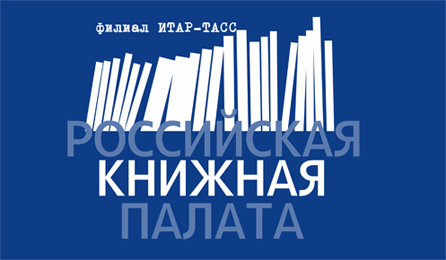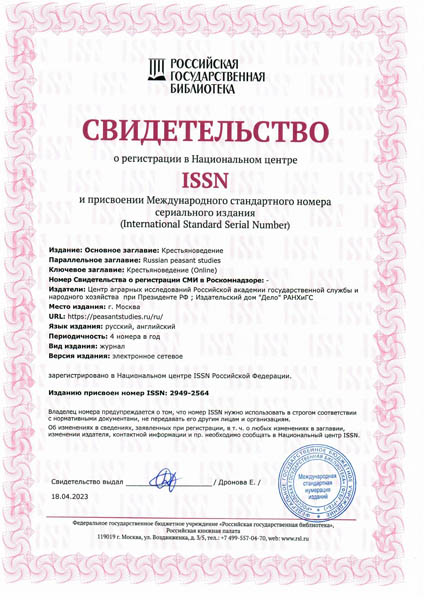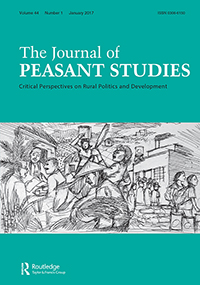Chayanov A.V. Letter from A.V. Chayanov to V.M. Molotov on the current state of agriculture in the USSR compared with its pre-war state and the situation in agriculture of capitalist countries (October 6, 1927) // The Russian Peasant Studies. 2018. V.3. №3. P. 6-18.
DOI: 10.22394/2500-1809-2018-3-3-6-18
Annotation
Alexander Chayanov wrote this analytical note to Vyacheslav Molotov in early October 1927 to discuss plans for the agricultural development of the first five-year plan in the USSR. Chayanov begins with a brief review of the history of world agriculture in the early twentieth century. He identifies two poles in this evolution: western (American — typically North America and partly South America, South Africa, and Australia) and eastern (Indian-Chinese, typically agrarian overpopulated countries). The American type of agricultural development is based on farms that use machinery and wage labor and are controlled by the vertical system of financial capitalism. The Indian-Chinese type of agricultural development is characterized by agrarian overpopulation of the peasantry under dominant pre-capitalist relations, exceptional labor intensity, and widespread bondage rent and credit. The rest of the world’s regions can be placed between these two poles. In the late nineteenth and early twentieth centuries, Russia is a paradoxical, complex mixture of these two types. Chayanov believed that in the agrarian science of pre-revolutionary and prewar Russia, these polarized agrarian worlds were reflected in the agrarian-economic disputes of the so-called “southerners” and “northerners” about the strategy of agricultural development. “Southerners” insisted on turning Russia into a “hundredpercent America” by the forced development of farmers’ agriculture. The “northerners” suggested supporting the regional strata of the middle peasantry and its own vertical cooperation to prevent the seizure of the village by trade and financial capital. Chayanov considered himself a “northerner”. He argued that the post-war, post-revolutionary village has changed significantly. First, the younger generation of peasants who had experienced the world war and Russian Revolution set the tone. Second, the Soviet agronomic science and cooperation of the 1920s contributed to the real progress of peasant farms. Soviet Russia has a unique chance to find a fundamentally new path of rural development, thus avoiding the Scylla of Americanfarmers’ dependence on financial capital and the Charybdis of the Indian-Chinese stagnation of peasant overpopulation. Instead of American vertical agrarian integration through the dominance of financial capital over farmers, Soviet vertical integration was to promote the development of diverse forms of peasant cooperation with the support of the socialist state. In the final part of the note, Chayanov considers the ratio of industry and agriculture in the first five-year plan and predicts a radical socialtechnological change under agricultural industrialization. The Soviet leadership ignored the ideas of this note: Stalin rejected Chayanov’s democratic type of vertical cooperation of the peasantry and preferred a horizontal type of cooperation in the form of collectivization. The publication with comments was prepared by A.M. Nikulin.
Keywords
Agrarian policy, peasants, farmers, agricultural cooperation, agrarian capitalism, socialist agriculture, ways of agricultural development.
About the authors
Chayanov Alexander V.
Editor: Nikulin Alexander M., PhD (Economics), Head of the Center for Agrarian Studies, Russian Presidential Academy of National Economy and Public Administration; 119571, Moscow, Prosp. Vernadskogo, 82.
E-mail: This email address is being protected from spambots. You need JavaScript enabled to view it.
Translator: Trotsuk Irina V., DSc (Sociology), Senior Researcher, Center for Agrarian Studies, Russian Presidential Academy of National Economy and Public Administration; Professor, Sociology Chair, RUDN University. Prosp. Vernadskogo, 82, Moscow, Russian Federation, 119571.
E-mail: This email address is being protected from spambots. You need JavaScript enabled to view it.
























